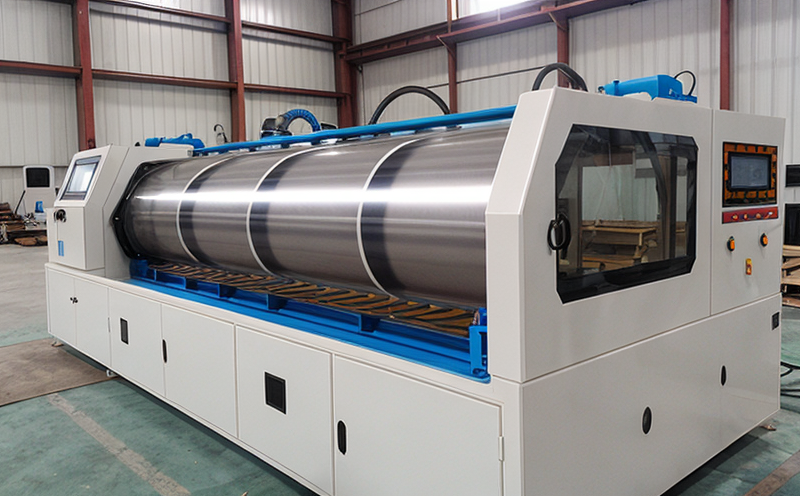Coating performance of flame retardant treated textiles
The coating performance of flame retardant (FR) treated textiles is a critical aspect in ensuring fire safety and compliance with various international standards. Flame retardant coatings are applied to textiles for a variety of applications, including upholstery, automotive interiors, and industrial fabrics, where the protection against fire hazards is paramount.
The primary goal of flame retardant treatment is to prevent or delay ignition and reduce the spread of flames in case of accidental exposure. This service focuses on evaluating the effectiveness of these coatings under controlled laboratory conditions. The testing involves a series of rigorous procedures designed to simulate real-world scenarios where the textiles may be exposed to fire hazards.
The methodology for assessing coating performance includes several key steps, such as sample preparation, application of the flame retardant coating, and subsequent testing using standardized techniques. This service ensures that the textiles meet stringent safety standards set by international bodies like ISO, ASTM, EN, and IEC.
Testing typically involves exposing the coated textiles to specific ignition sources under controlled conditions. The performance is then evaluated based on parameters such as time to ignition, flame spread rate, heat release rate, and smoke production. These tests provide valuable insights into the effectiveness of the flame retardant coating in real-world fire scenarios.
The results of these tests are reported comprehensively, providing detailed information about the performance characteristics of the coated textiles. This data is crucial for quality managers, compliance officers, R&D engineers, and procurement professionals who need to ensure that their products meet safety standards and regulatory requirements. The service also includes recommendations for optimizing coating formulations to enhance fire resistance without compromising on other textile properties.
Scope and Methodology
The scope of this service encompasses the evaluation of flame retardant coatings applied to textiles using a comprehensive suite of laboratory testing methods. The methodology is designed to assess the performance of these coatings under controlled fire exposure conditions, ensuring that they meet stringent safety standards.
- Sample preparation: Textiles are carefully selected and prepared according to predefined specifications.
- Coverage uniformity check: Ensures that the flame retardant coating is evenly distributed on the textile surface.
- Application of flame retardant: The coating is applied using precise techniques to ensure consistent results.
The testing process involves subjecting the coated textiles to standardized fire exposure conditions. Parameters such as time to ignition, flame spread rate, heat release rate, and smoke production are measured and recorded. These data points provide a comprehensive evaluation of the coating’s effectiveness in reducing fire hazards.
Industry Applications
| Application Area | Description |
|---|---|
| Automotive interiors | Critical for enhancing passenger safety in case of vehicle fires. |
| Upholstery fabrics | Ensures the protection of furniture against fire hazards. |
| Industrial textiles | Enhances safety in high-risk industrial environments. |
Customer Impact and Satisfaction
- Enhanced product safety: Ensures that textiles meet stringent fire safety standards.
- Regulatory compliance: Helps companies comply with international regulations and industry standards.
- Improved brand reputation: Demonstrates a commitment to quality and customer safety.
The service has been well-received by customers in the textile sector, particularly those involved in R&D and compliance. Quality managers and procurement professionals have found this testing indispensable for ensuring product safety and meeting regulatory requirements. The detailed reports generated from these tests are invaluable tools for continuous improvement and innovation.





